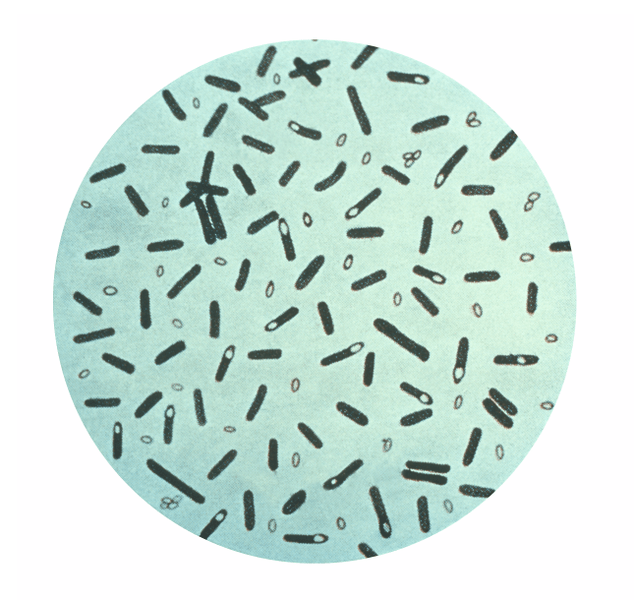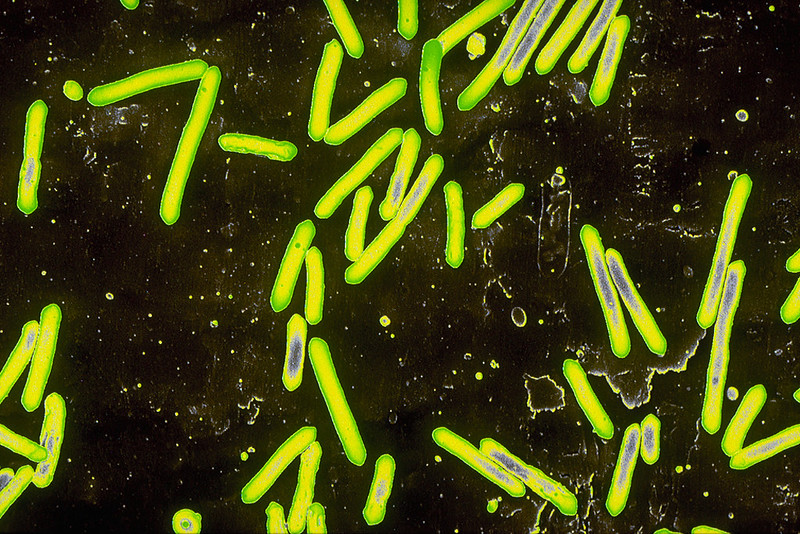What is the Difference Between Botulism and Tetanus
Table of Contents
The key difference between botulism and tetanus is that botulism is a rare serious disease caused by Clostridium botulinum, while tetanus is a rare serious disease caused by Clostridium tetani.
Botulism and tetanus are two bacterial diseases that are caused due to the neurotoxins produced by Clostridium botulinum and Clostridium tetani, respectively. These bacteria and the toxins they produce are closely related. Both diseases are rare and serious medical conditions. Although rare in the developed world, tetanus, in particular, is a major cause of death in developing countries.
CONTENTS
1. Overview and Key Difference
2. What is Botulism
3. What is Tetanus
4. Similarities – Botulism and Tetanus
5. Botulism vs Tetanus in Tabular Form
6. Summary – Botulism vs Tetanus
What is Botulism?
Botulism is a rare serious disease caused by a bacterium called Clostridium botulinum. There are three types of botulisms: food-borne botulism, wound botulism, and infant botulism. All three types of botulisms can be fatal and are considered medical emergencies. The symptoms of botulism include difficulty swallowing or speaking, dry mouth, facial weakness on both sides of the face, blurred or double vision, drooping eyelids, trouble breathing, nausea, vomiting, constipation, floppy movements due to muscle weakness and trouble controlling the head, weak cry, irritability, drooling, tiredness, difficulty sucking or feeding, and paralysis. Complications of this disease are difficulty speaking, trouble swallowing, long-lasting weakness, and shortness of breath.

Figure 01: Clostridium botulinum
To diagnose botulism, doctors will check for signs of muscle weakness or paralysis, such as drooping eyelids and a weak voice. In the case of infant botulism, doctors may ask if the child has eaten honey recently and has had constipation or sluggishness. Analysis of blood, stool, or vomit for evidence of the toxin may help diagnose infant or food-borne botulism. Furthermore, the treatment options for botulism are antitoxin (botulism immune globulin), antibiotics, breathing assistance, rehabilitation, and surgically removing infected tissues.
What is Tetanus?
Tetanus is a rare serious disease caused by a bacterium called Clostridium tetani. This bacterium can survive in a dormant state in soil and animal feces. When the dormant bacteria enter the wound, a condition good for the growth of bacterial cells is awakened. As they grow and divide in the body, they release a toxin called tetanospasmin, which impairs the nerves in the body that control muscles.

Figure 02: Clostrium tetani
The symptoms of tetanus are painful muscle spasm and stiffness, immovable muscles in the jaw, tension of muscles around lips, painful spasms and rigidity in the neck muscles, difficulty swallowing, rigid abnormal muscles, high blood pressure, low blood pressure, rapid heart rate, fever, and extreme sweating. The complications involved in this condition may include breathing problems, blockage of a lung artery, pneumonia, broken bones, and death.
Tetanus can be diagnosed through physical examination, medical and vaccination history, signs and symptoms of muscle spasms, muscle rigidity and pain, and blood tests. Furthermore, the treatment options for tetanus include antitoxin, sedatives, vaccination, antibiotics, other drugs (morphine), supportive therapy (breathing assistance and feeding), and lifestyle and home remedies.
What are the Similarities Between Botulism and Tetanus?
- Botulism and tetanus are two bacterial diseases.
- Both are caused by neurotoxins produced by causative bacteria.
- They are rare and serious conditions.
- Causative bacteria can enter the human body through wounds.
- They are treatable through medications such as antitoxins and antibiotics.
What is the Difference Between Botulism and Tetanus?
Clostridium botulinum is the causative agent of botulism, while Clostridium tetani is the causative agent of tetanus. Thus, this is the key difference between botulism and tetanus. Furthermore, botulism is due to a neurotoxin called botulinum toxin (botox). On the other hand, tetanus is due to a neurotoxin called tetanospasmin.
The below infographic presents the differences between botulism and tetanus in tabular form for side by side comparison.
Summary – Botulism vs Tetanus
Botulism and tetanus are two bacterial diseases that are caused by neurotoxins. Botulism occurs due to the infection of Clostridium botulinum, while tetanus occurs due to the infection of Clostridium tetani. So, this summarizes the difference between botulism and tetanus.
Reference:
1. “Botulism.” Mayo Clinic, Mayo Foundation for Medical Education and Research, 12 Aug. 2020.
2. “Tetanus.” Mayo Clinic, Mayo Foundation for Medical Education and Research, 15 June 2021.
Image Courtesy:
1. “Clostridium botulinum 01” By CDC – Centers for Disease Control and Prevention (Public Domain) via Commons Wikimedia
2. “Tetanus bacilli (clostrium tetani)” By Vaccines at Sanofi (CC BY-NC-ND 2.0) via Flickr
ncG1vNJzZmivp6x7pbXFn5yrnZ6YsqOx07CcnqZemLyue9ahmK1lmah6tbTEZpuinpaav6a6wp5km52krLKmuoybpq2tnJ7ArnnAp5tmrJWprq%2FB0mg%3D